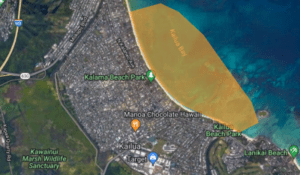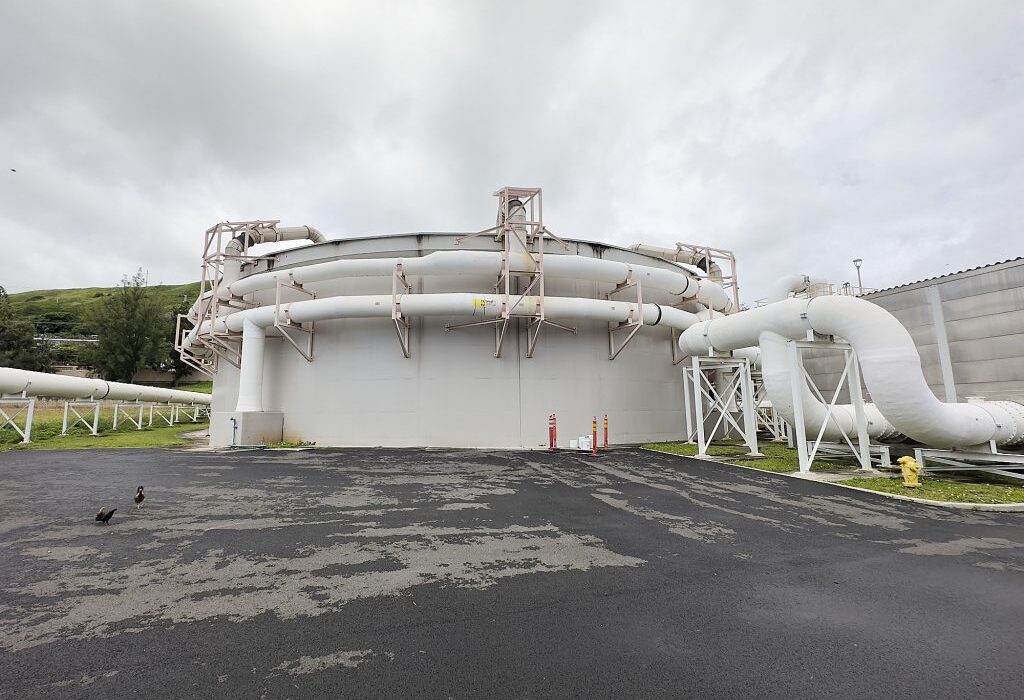Honolulu’s Kailua Wastewater Plant Upgrade Aims to Reduce Bacteria and Beach Closures
In an effort to combat high levels of bacteria and subsequent beach closures, the City and County of Honolulu are implementing an ultraviolet light disinfection system at the Kailua wastewater treatment plant. Expected to be operational by the end of 2025, this system is part of a broader initiative to upgrade the city’s wastewater treatment infrastructure, enhancing public health and environmental protection.
The Kailua plant’s upgrade is crucial for mitigating the risk posed by enterococcus bacteria, which, although not harmful on its own, indicates fecal contamination in water. High levels of enterococcus have been linked to various health issues, including gastrointestinal sickness and skin rashes. Notably, the presence of this bacteria led to several beach closures last year, with the state Department of Health advising the public to avoid Kailua Bay waters due to contamination levels significantly exceeding state limits.
This initiative follows a history of challenges at the Kailua facility, where a previous UV disinfection system was compromised by flooding in 2009. The cost of installing a new system has escalated to $11 million, a significant increase from earlier estimates, reflecting rising construction costs and the need for enhanced protective measures for the system’s electronics.
Beyond Kailua, the Honolulu administration is also advancing upgrades at other wastewater plants, including a $517 million project at the Honouliuli Wastewater Treatment Plant in Ewa Beach aimed at energy efficiency, and improvements at Waianae’s plant to enable the use of recycled water for agriculture. These efforts underscore the city’s commitment to sustainable wastewater management and public health.
The push for these upgrades came amidst criticism and legal actions following spikes in bacteria levels and the perceived downplaying of health risks by city officials. In response, the federal government intervened, prompting a reevaluation of strategies to address the issue, with the UV disinfection system emerging as a direct solution to bacterial contamination.
Officials have reassured the public that measures are in place to manage contamination levels until the new system is complete, underscoring an ongoing commitment to environmental stewardship and community well-being. As Honolulu moves forward with these critical infrastructure projects, the anticipated reduction in bacteria levels and beach closures represents a significant step towards safeguarding Hawaii’s natural resources and the health of its residents and visitors.


